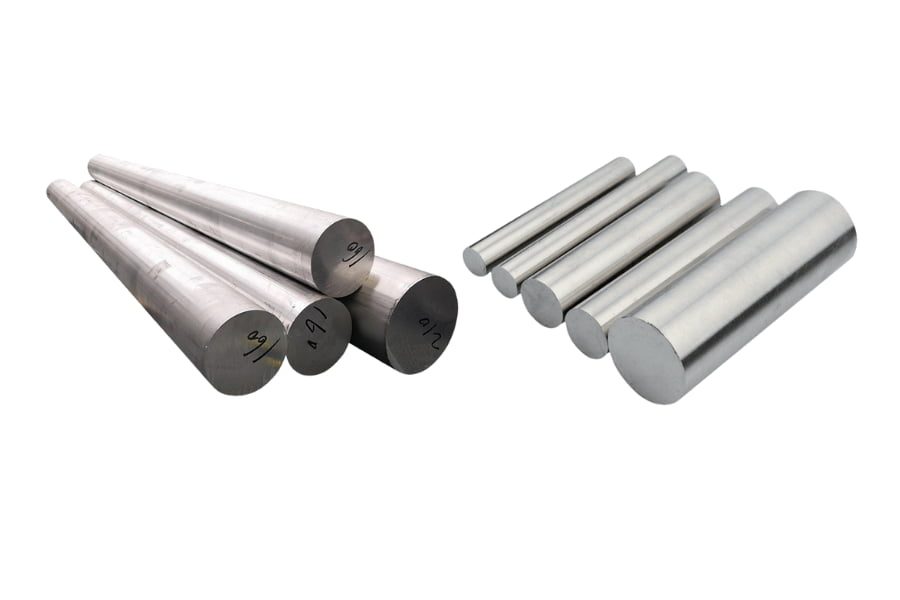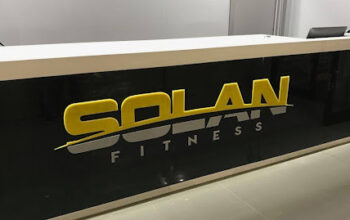
Choosing the right material is one of the most important steps in any industrial project. Whether you’re designing machine parts, building structures, or manufacturing equipment, the choice of material affects performance, cost, durability, and maintenance. In 2025, with new advancements in metal processing and sustainability goals, steel, aluminium, and stainless steel will remain the three most popular materials used across industries. Each of them offers unique strengths and limitations depending on the application.
This guide explains their key differences, advantages, disadvantages, and where each material is best used.
Introduction to the Three Materials
Steel is an alloy mainly made of iron and carbon. It’s one of the strongest and most widely used materials in construction, automotive, and manufacturing. Different types of steel, such as mild steel or high-carbon steel, can be made by adjusting the carbon content and adding other elements like manganese or chromium.
Aluminium is a lightweight, silvery-white metal known for its low density and excellent corrosion resistance. It’s often used in industries where weight reduction and energy efficiency are important, such as aerospace, transportation, and packaging.
Stainless steel is a type of steel alloy that contains chromium (at least 10.5%), which gives it superior corrosion and rust resistance. It’s known for its shiny appearance and is widely used in environments that require hygiene, strength, and durability, like food processing, medical equipment, and marine applications.
Strength and Durability
Steel is extremely strong and durable, capable of withstanding high stress and heavy loads. It’s the preferred choice for construction projects, bridges, and industrial machinery. However, steel can rust if not properly treated or coated, especially when exposed to moisture for long periods.
Aluminium has a good strength-to-weight ratio but is not as strong as steel. Still, it’s much lighter, about one-third the weight of steel, which makes it ideal for use where weight reduction is crucial, such as in vehicles and aircraft.
Stainless steel combines both strength and excellent resistance to environmental factors. It doesn’t corrode easily, even in wet or salty conditions. This makes it perfect for long-lasting structures and components that must endure tough environments.
Corrosion Resistance
Ordinary carbon steel rusts quickly when exposed to air and moisture. To prevent this, it needs coatings such as paint, galvanisation, or other protective finishes.
Aluminium, on the other hand, naturally forms a thin oxide layer that protects it from corrosion. This self-protective property makes it a good option for outdoor applications, though it can still degrade in chemically harsh or salty conditions.
Stainless steel is the best of all three when it comes to corrosion resistance. Its chromium content creates a strong barrier that prevents rust and oxidation, even in marine and industrial environments. Grades such as 304 and 316 are particularly known for lasting performance.
Weight Comparison
Weight plays an important role in selecting materials for manufacturing and design. Steel is the heaviest of the three, offering strength but increasing handling and transportation costs.
Aluminium is about 66% lighter than steel, which makes it easier to shape, move, and transport. It’s often chosen for industries like automotive and aerospace where efficiency matters. Stainless steel, while slightly lighter than carbon steel, still weighs much more than aluminium.
For projects that require lightweight construction and energy efficiency, aluminium is clearly the better choice.
Cost and Affordability
Steel is generally the most affordable material because it’s produced in large quantities and is easy to source. However, its maintenance costs can rise over time if it needs regular rust protection.
Aluminium is more expensive than steel due to its complex extraction process, but its lightness can reduce long-term operational costs, such as fuel consumption in transport industries.
Stainless steel is the most expensive option, mainly because of the chromium, nickel, and other alloys used in its production. Despite the higher cost, it offers excellent value over time due to its long lifespan and minimal maintenance needs.
Workability and Fabrication
Steel is easy to cut, weld, and machine, making it a favourite for manufacturers. It’s available in many shapes and sizes, from beams and bars to sheets and tubes.
Aluminium is softer and easier to shape but requires more care during welding because of its lower melting point. It’s highly flexible and often used for casting, extrusion, and forming lightweight components.
Stainless steel is harder to work with due to its strength and resistance to heat. Special tools and skills are required to cut and weld it properly, which can increase production time and cost. However, the finished products are durable and visually appealing.
Environmental Impact and Sustainability (2025 Outlook)
As industries move toward greener production methods in 2025, sustainability has become a major factor in choosing materials. Steel, aluminium, and stainless steel all have significant recycling potential, but they differ in energy use and emissions.
Steel is highly recyclable over 80% of the world’s steel is reused yet the steelmaking process still produces a large amount of carbon emissions. Aluminium is also fully recyclable and retains its properties after recycling. In fact, recycling aluminium uses about 95% less energy than producing it from raw materials.
Stainless steel is equally sustainable due to its long service life and recyclability. Its durability reduces waste, and most of its scrap is reused in new production.
Common Industrial Applications
Steel is used in construction, automotive manufacturing, machinery, and tools because of its strength and cost-effectiveness. Aluminium is common in aerospace, transport, and packaging due to its light weight. Stainless steel is preferred in industries that demand hygiene, such as food processing, medical, and marine sectors.
Each material serves a distinct purpose the decision depends on how much weight, durability, and corrosion resistance your project requires.
Choosing the Right Material in 2025
Selecting between steel, aluminium, and stainless steel depends on your project’s requirements. You’ll need to consider strength, environment, cost, and maintenance. For example, construction projects often favour steel for its robustness, while vehicle and aircraft designers choose aluminium to save weight and fuel. Stainless steel, on the other hand, is perfect for environments where moisture or chemicals are a concern.
In modern metal fabrication, many industries use a combination of these materials. Steel may be used for framing, aluminium for lightweight panels, and stainless steel for fittings and fasteners. The right blend helps balance cost, strength, and durability while meeting sustainability targets.
Conclusion
In today’s industrial world, all three materials steel, aluminium, and stainless steel continue to play vital roles. Steel remains a strong and affordable option for heavy-duty projects, while aluminium stands out for its lightness and energy efficiency. Stainless steel leads in environments that demand cleanliness, longevity, and corrosion resistance. The choice ultimately depends on your project’s performance needs, budget, and working conditions.
As industries evolve and technology advances, companies are becoming more conscious of sustainability and material performance. The demand for efficient, recyclable, and durable materials will keep growing. Understanding the unique properties of each metal helps engineers and manufacturers make smarter, longer-lasting decisions that support both performance and environmental goals.
please follow us on Vibe Linker.


